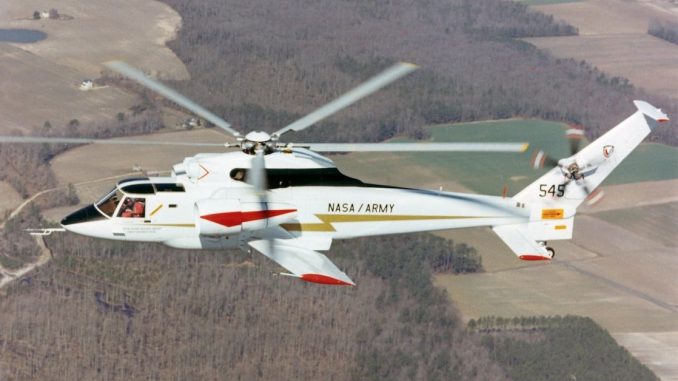
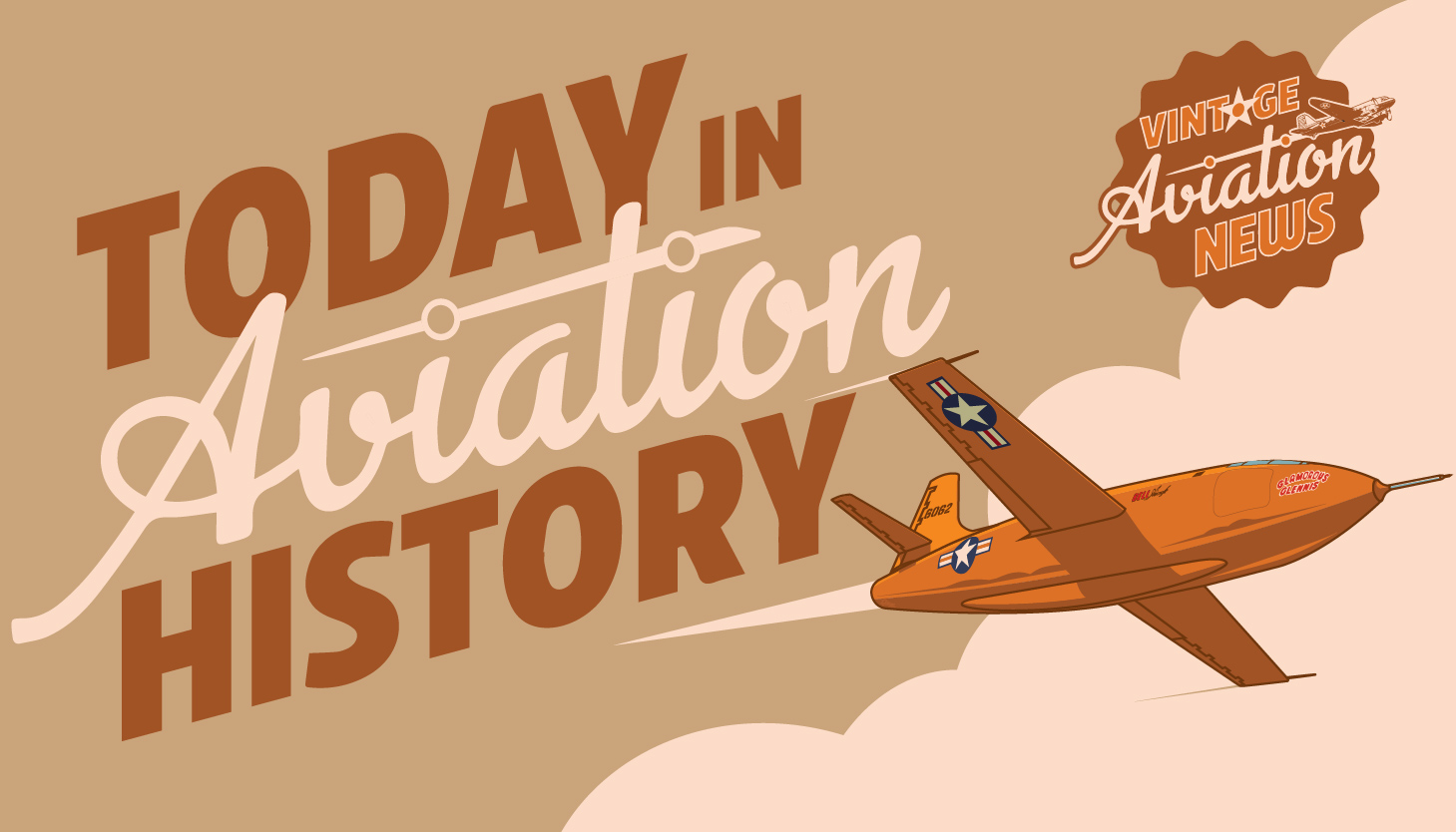
Only a few aircraft embody the spirit of innovation and experimentation like the Sikorsky S-72, known as the Rotor Systems Research Aircraft (RSRA). Developed for NASA and the United States Army, this experimental compound helicopter took to the skies for the first time on October 12, 1976, in Stratford, Connecticut. This flight highlighted the aircraft’s potential for high-speed flight in hybrid configurations and set the stage for future advancements in rotorcraft technology. The Sikorsky S-72’s journey began with a pressing need for advanced rotor systems that could achieve speeds surpassing those of traditional helicopters. In December 1970, NASA and the U.S. Army started on a collaborative project to explore new rotor technologies, ultimately leading to the development of the RSRA. The vision was to create an aircraft that could bridge the gap between theoretical designs and practical flight outcomes, providing invaluable data for the field of rotorcraft engineering. This experimental approach allowed engineers to test various rotor configurations and propulsion systems, laying the groundwork for future innovations in the industry.
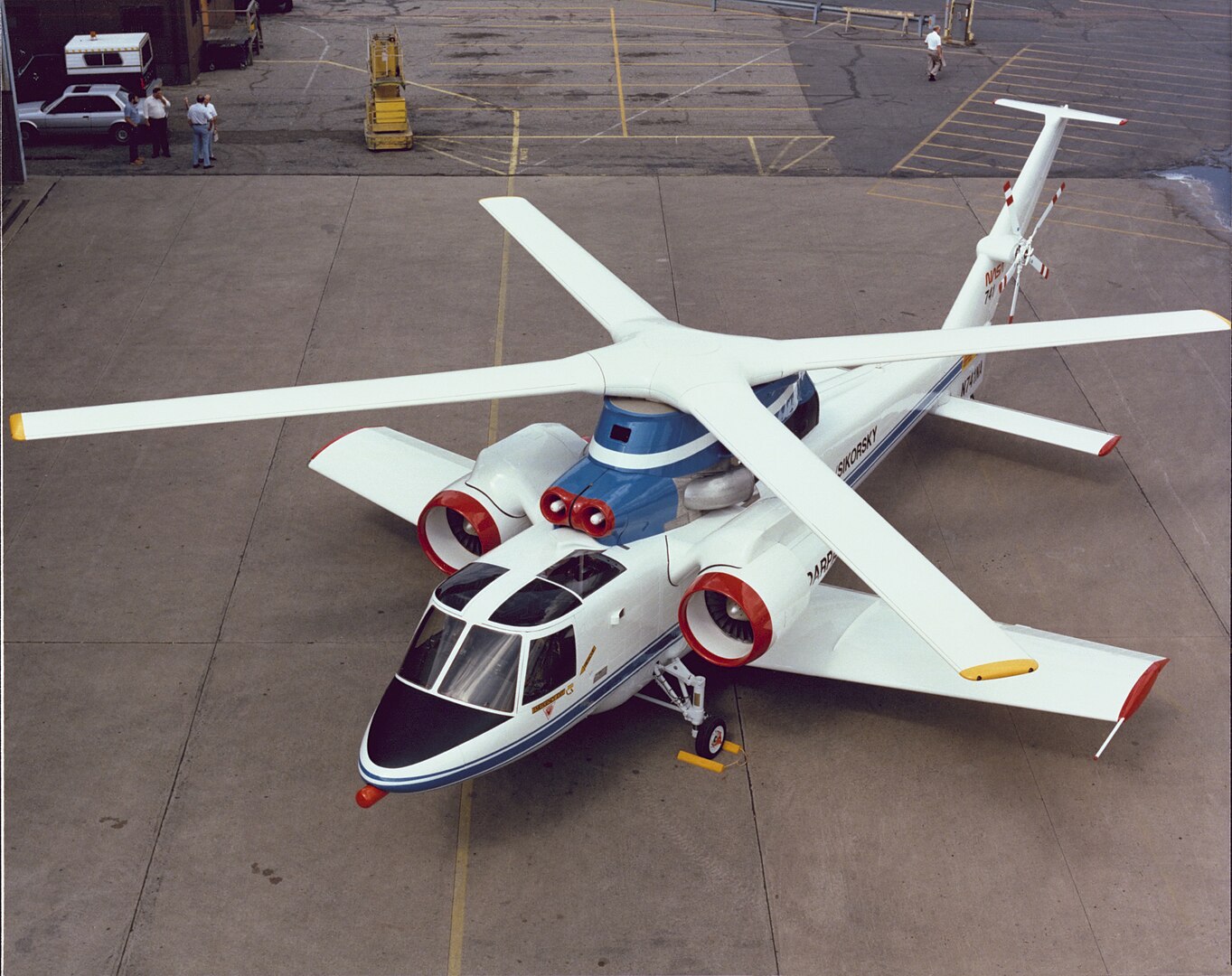
Designing the Rotor Dream
The design competition for the RSRA contract was fierce, primarily between Sikorsky Aircraft and Bell Helicopter. Bell proposed two models, the Bell 646A and Bell 646B, which were based on existing helicopter designs. In contrast, Sikorsky opted for a more innovative approach by suggesting either a new aircraft or a modified version of the S-67 Blackhawk, utilizing components from the S-61 Sea King. Ultimately, Sikorsky won the contract in January 1974, leading to the creation of two S-72 prototypes. This hybrid helicopter could be configured with wings and General Electric TF34 turbofans, enabling it to reach speeds of up to 300 knots. The flexibility of the design allowed the S-72 to operate not only as a helicopter but also as a fixed-wing aircraft, showcasing its versatility.
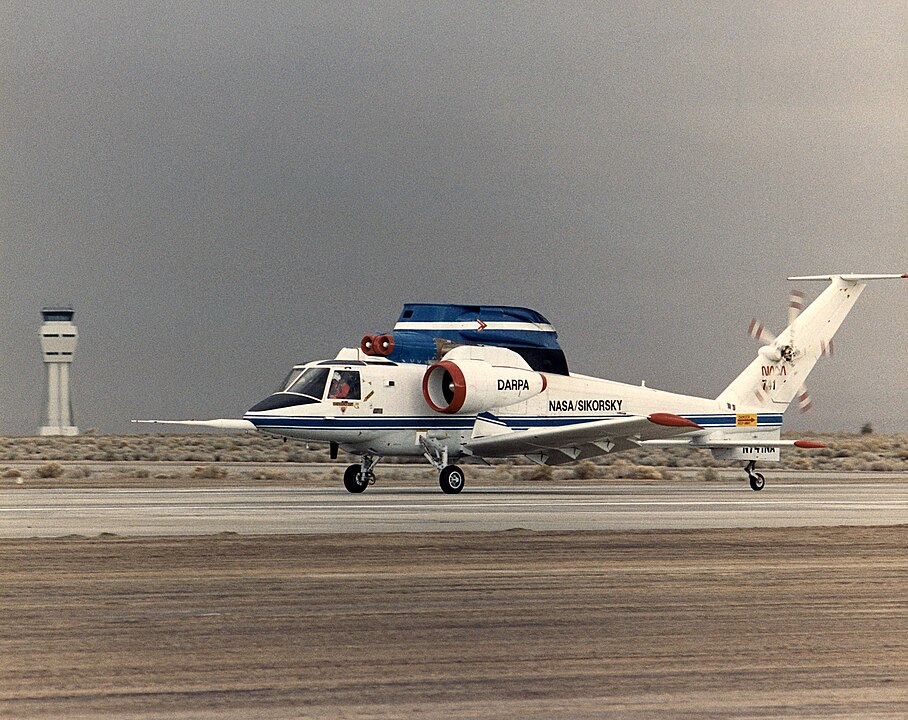
Experimentally Ecstatic
What set the S-72 apart from its contemporaries was its innovative crew emergency extraction system. This unique safety feature enabled the aircraft to fire explosive bolts that severed the main rotor blades in an emergency, allowing the crew to escape via rockets rather than traditional ejection seats. This forward-thinking approach demonstrated Sikorsky’s commitment to safety and operational efficacy in rotorcraft design. Additionally, the S-72 was equipped with a low-drag fuselage, allowing it to achieve a maximum speed of 340 knots in a dive. The aircraft featured a three-place cockpit with side-by-side seating for two test pilots and a flight test engineer. The left seat utilized “fly-by-wire” controls, while the right seat had conventional mechanical controls, ensuring redundancy in case of system failure.
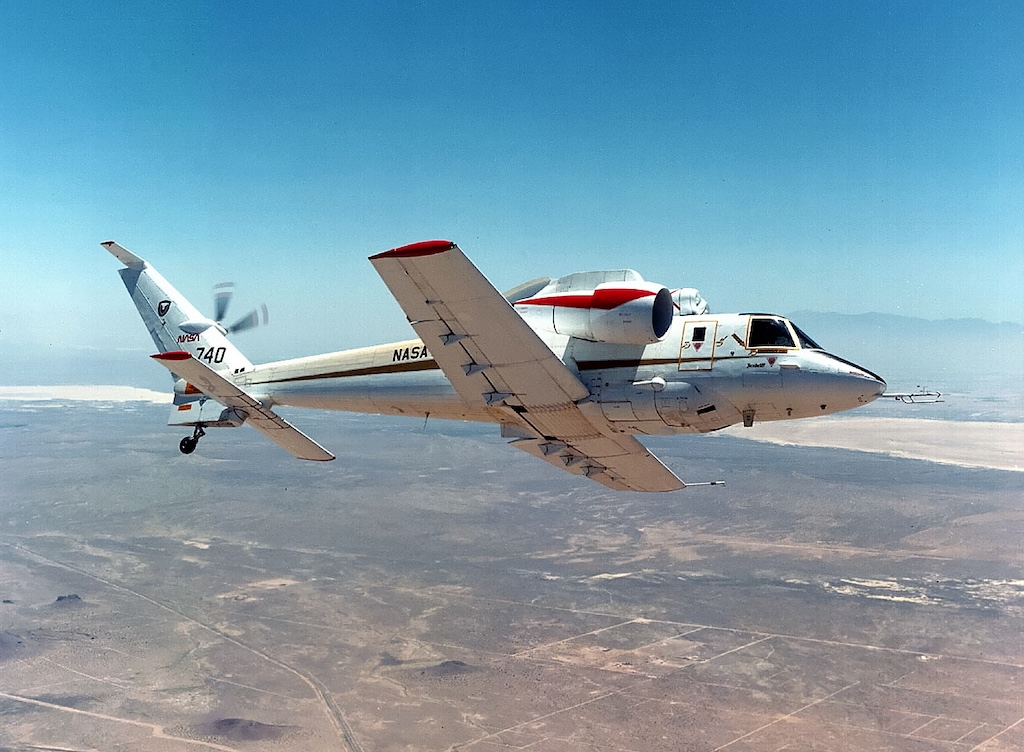
The First Flight
The Sikorsky S-72 made its first flight on October 12, 1976, a moment that was the result of years of research and development. Pilots from Sikorsky conducted the flight at Stratford, Connecticut, showcasing the aircraft’s capabilities as a testbed for various helicopter rotor configurations. This successful flight symbolized a new era in rotorcraft design and innovation. During its early test flights, the S-72 demonstrated its ability to perform a wide range of maneuvers, which provided critical data on rotor performance and flight dynamics. Notably, one significant test involved measuring the vertical drag of the airframe using the main and tail rotor load measurement system, further contributing to valuable data in rotorcraft aerodynamics.
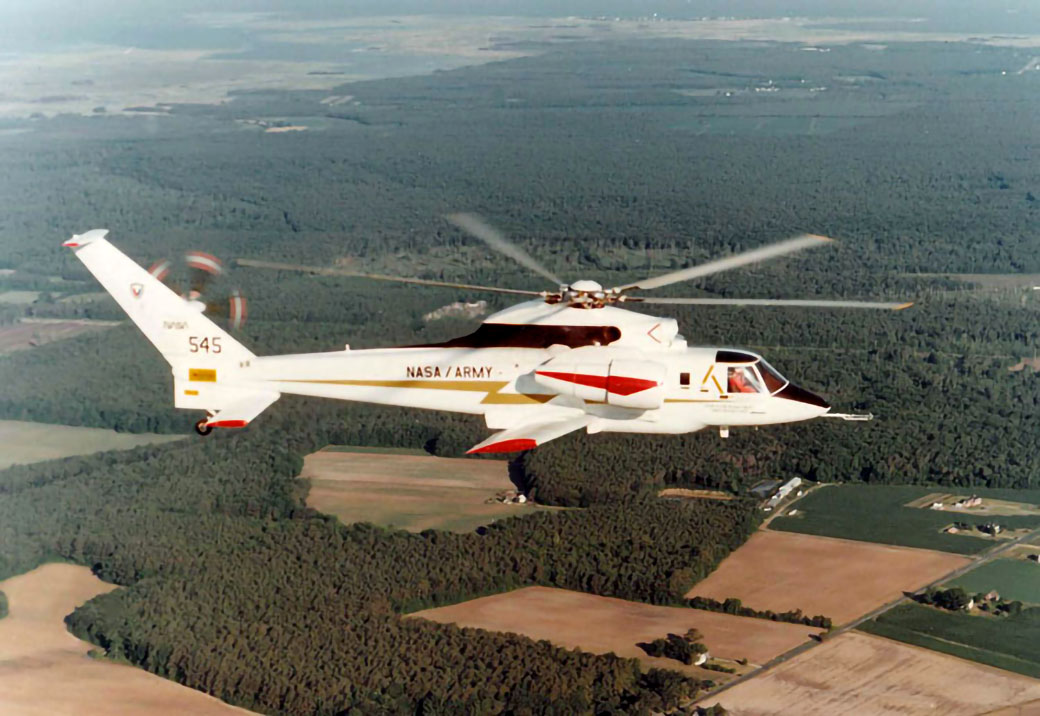
Operational Heights
Throughout its operational period, the S-72 achieved several milestones that underscored its significance in aviation history. In 1981, NASA and the U.S. Army sought proposals for fitting a four-bladed main rotor to the aircraft, reflecting the ongoing pursuit of improved rotorcraft performance. Sikorsky proposed adapting a UH-60A main rotor for the S-72, while Hughes Helicopters and Boeing Vertol suggested alternative configurations. Ultimately, this initiative did not progress to production, but it highlighted the ongoing innovation and experimentation surrounding the S-72. In addition to its primary role, the S-72 also became a platform for testing the X-Wing Circulation Control Rotor Concept, developed by the David W. Taylor Naval Ship Research and Development Center under DARPA funding. The X-Wing aimed to complement traditional helicopters by providing enhanced maneuverability and speed. Sikorsky received a contract in late 1983 to modify one S-72 into a testbed for the X-Wing rotor system. Despite extensive modifications, the project faced budgetary constraints and was ultimately canceled in 1988, preventing the X-Wing from taking flight.
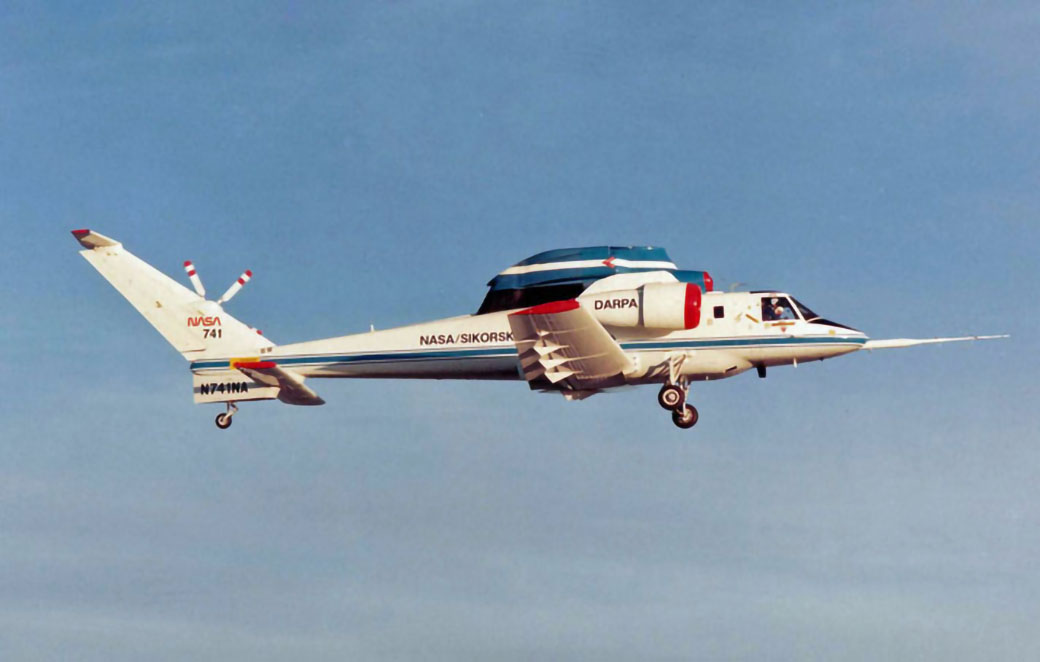
Ended Experiments
Following the completion of Sikorsky’s flight test program in 1979, both S-72 prototypes were delivered to NASA Ames Research Center. They were assigned civil registrations N740NA and N741NA. Since then, the S-72 has played a crucial role in advancing rotorcraft technology, contributing to research and testing even after its initial flight program concluded. However, the S-72X project was shelved in 1988 after technological barriers proved too expensive to overcome. As a research platform, the S-72 has provided invaluable insights into rotorcraft performance, paving the way for future advancements in both military and civilian aviation. Its legacy endures in the ongoing quest for faster, safer, and more efficient rotorcraft.
Today in Aviation History is a series highlighting the achievements, innovations, and milestones that have shaped the skies. All the previous anniversaries are available HERE.
Related Articles
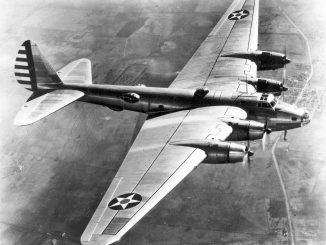
Today in Aviation History: First flight of the Boeing XB-15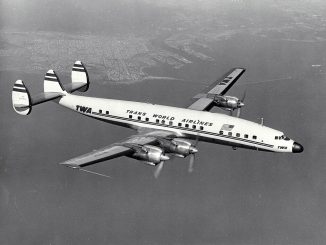
Today in Aviation History: First flight of the Lockheed L-1649…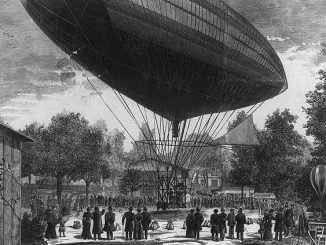
Today in Aviation History: First Electric Airship Flight by Tissandier…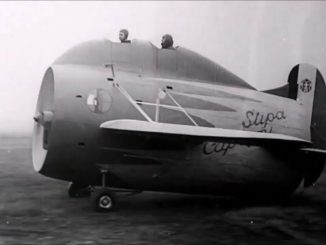
Today in Aviation History: First Flight of the Stipa-Caproni
Today in Aviation History: First Aerial Combat Kill in History…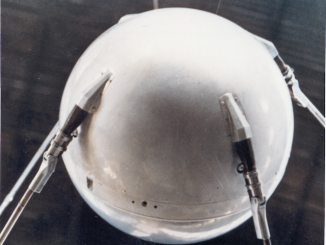
Today in Aviation History: Sputnik 1, The World’s First Artificial…
"Haritima Maurya, pen name, ""Another Stardust,"" has been passionate about writing since her school days and later began sharing her work online in 2019. She was drawn to writing because of her love for reading, being starstruck by the art of expression and how someone can make you see and feel things exclusive to their experience. She wanted to be able to do that herself and share her mind with world cause she believes while we co exist in this beautiful world least we can do is share our little worlds within.
As a commercial pilot, Haritima balances her passion for aviation with her love for storytelling. She believes that, much like flying, writing offers a perspective beyond the ordinary, offering a bridge between individual experiences and collective understanding.
Through her work, ""Another Stardust"" aims to capture the nuances of life, giving voice to moments that resonate universally. "





This article puts the light on the wrong person. Frank Piasecki built and tested the first compound helicopter in 1962.
Lockheed made and tested the AH-56 Cheyenne in the middle 60’s. The AH-56 had a lot of firsts. It’s compound design allowed it to be the first helicopter to exceed 200 knots and it had the first target kill with an air launched TOW missile.